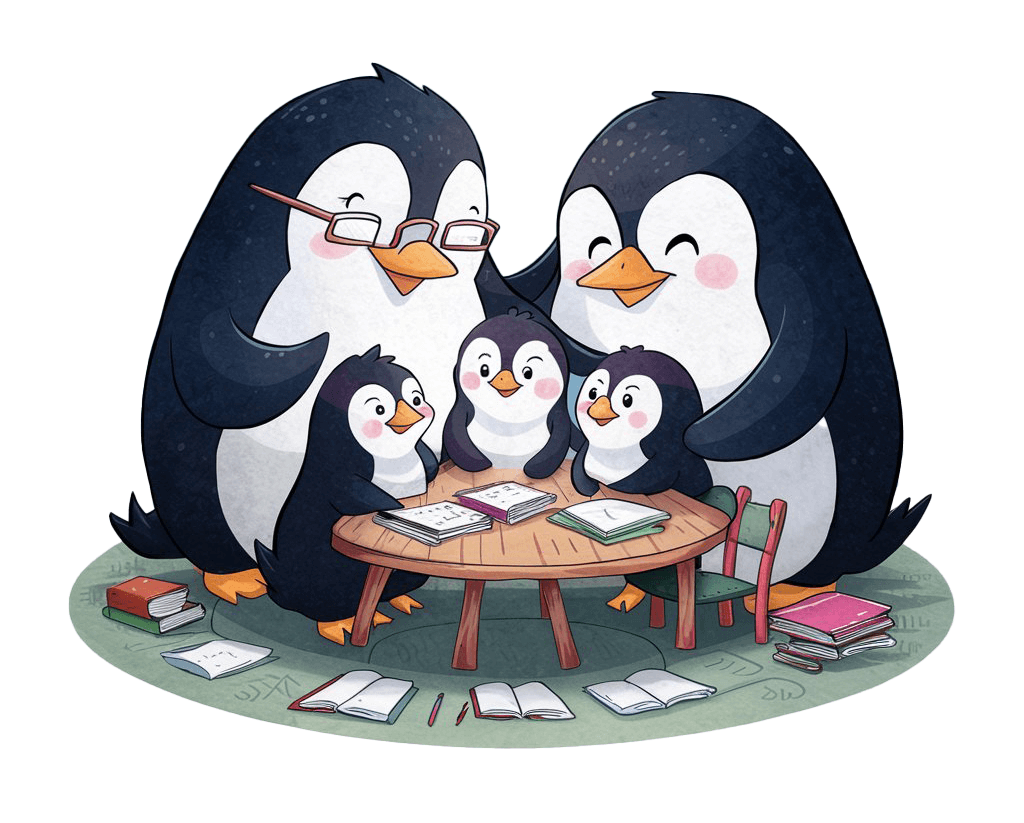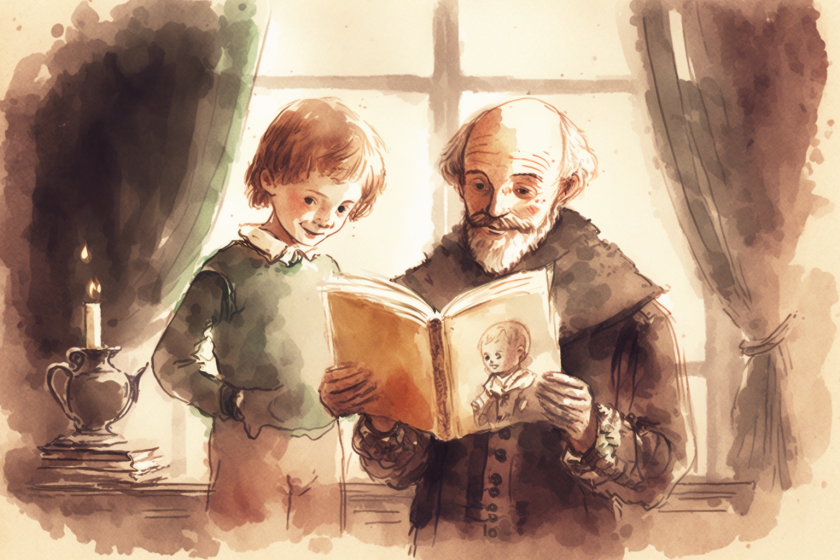Poetry, prose, etymology.. Shakespeare’s writings are something no literature curriculum is complete without. If you’re not an English teacher the idea of teaching Shakespeare might be daunting – even if you enjoy his works in the theatre. As with all subjects, the earlier you can expose children to it, the easier it will be to build on that academic block later.
Shakespearean English can be seen as a language in itself. By treating it as a language lesson and exposing students to the sound of the words, allowing them to become familiar with the vocabulary before examining the grammar and syntax of the works; beginning with short extracts – poetry couplets from plays, having fun with insults or studying iambic pentameter as part of a music lesson – gradually increasing the exposure takes the fear out of the language so students aren’t put off when faced with big chunks of Shakesperean prose.
‘We know what we are, but know not what we may be.’ (Hamlet, Act 4, Scene 5)
Books for Home-Ed Shakespeare
There are lots of rewrites of Shakespeare’s works aimed at young learners and we looked at a few. This series – The Shakespeare Stories – stood out for simplifying the overall language to make for easy reading, while still retaining the complexity of language formation.

There’s just enough Shakesperean language to intrigue without overwhelming and the old vocabulary is cleverly interspersed with modern-day English so that the story retains its humour/tragedy/etc.
Both our homeschoolers, then 9 & 10, loved these books and flew through them. Mr 10 read them all, then recommended them to Mr 6 in an order he thought would most appeal to his (then) reluctant reader younger brother. Peer-to-peer encouragement/ friendly competition is a powerful learning tool!
This World of Shakespeare sticker book is a brilliant book to use alongside a Shakespeare curriculum at home. Using the book as a starting point you can look at the history of England at the time Shakespeare was writing, the main themes in his plays, the playwrights’ life and the Globe theatre. It’s like a curriculum topic guide for a Shakespeare unit study.
Use plays and poems to help learners become more familiar with the language:
- Crosswords, wordsearches & anagrams (to learn and repeat vocabulary)
- Shakespeare quotes as poetry (when learning about poetic forms etc)
- Guess the Play’ games in drama lessons, with the clues acted out in mime
Studying Shakespeare provides lesson material for English, history and theatre, something that’s great for home educators -combining lessons makes it easier to plan home-ed lessons and combining subjects in the study of one topic helps students make more sense of the individual parts of the lessons as they can put information into context.
- Read biographies,
- explore Shakespeare’s England (via maps) to put the language into context with the landscape;
- re-write sections of plays in modern-day prose
- watch the movie ‘Bill‘
- spend a day giving Shakespearean insults!
Shakespeare as a topic slots perfectly into art and music lessons and lends itself to educational excursions, either online or offline.
There are a million and one ways the works of Shakespeare can be integrated into home education and there are some great resources online to help plan lessons.
- BBC Bitesize is a great place to start. Teaching materials span KS3 – GCSE and many are complete lessons. There are also fun games, animations and ‘inspired by’ stories that extend the lessons further.
- Shakespeare’s Globe offers complete lesson plans for many plays, as well as fact sheets that can be used as supplementary teaching materials.
- The Folger Shakespeare Library’s website is another great resource. The library (in Washington D.C) houses the world’s largest Shakespeare collection and when the site claims to be ‘the ultimate resource for exploring Shakespeare and his world’, it’s probably close to the truth. The Shakespeare teaching resources available include everything from word games, to in-depth text study and reading groups.
This ‘weird words’ game inspired a list of all the Shakespearean insults they could think of and writing their own in a similar style – encourage your homeschoolers to insult each other (and you!) It shakes up the teacher-parent / pupil-child roles and is a lot of fun.
Shakespeare was written for the stage. No curriculum would be complete without watching at least a few of theatre’s greatest works. The National Theatre streams some of the best performances of Shakespeare plays available online. The website also has complete resource packs that can be used in a homeschool classroom with ease.
Shakespeare is a core section of English literature and a solid introduction at primary school age will inevitably benefit children as they analyse and critique the works to a greater degree when working towards GCSE exams.
If it seems like fun, children learn enthusiastically and with less hesitation over the challenging bits; and for the challenging bits, Spark Notes is fantastic. Breakdowns of the plays and sonnets (including modern text translations), analysis of characters, and explanations of literary devices used to move the plot along, Spark Notes has a wealth of material to help you teach your children Shakespeare (and many other subjects besides).

It’s not the easiest subject, but teaching Shakespeare up to GCSE level is within reach of home educators thanks to the plethora of resources out there.
Don’t forget to visit and learn about the Globe theatre, the theatre for which most of Shakespeare’s plays were written – an entire school project could be collated on the history of the theatre itself.

